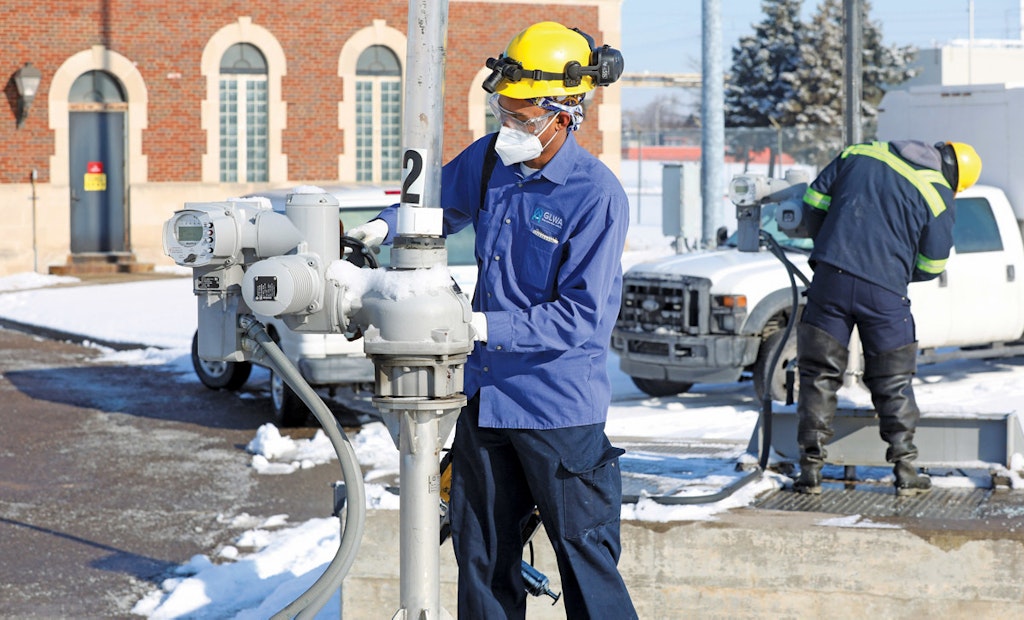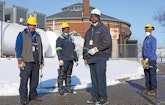
Great Lakes Water Authority maintenance technician Hawun Howard services and greases the forebay gates at the Connor Creek Pump Station in Detroit, Michigan. (Photography by Amy Voigt)
When the Great Lakes Water Authority began developing its 40-year wastewater master plan, a simple reality informed the task: The utility’s 195 miles of sewer lines and an additional 15,000 miles of lines that feed into them from surrounding southeastern Michigan communities are...








